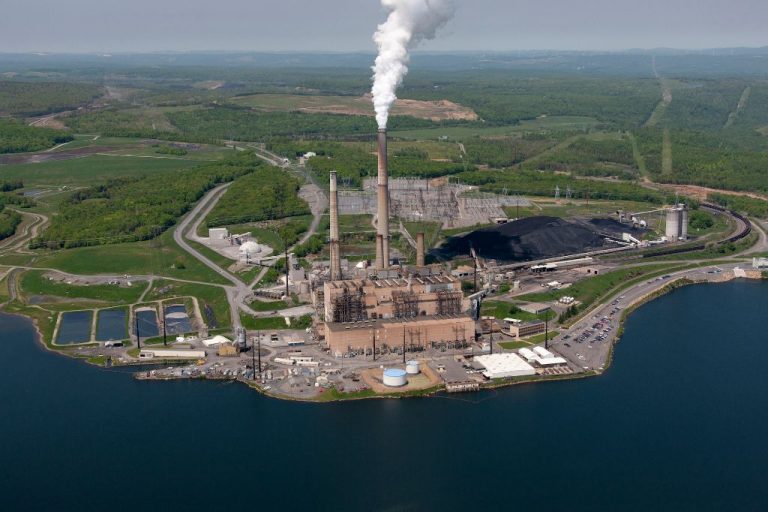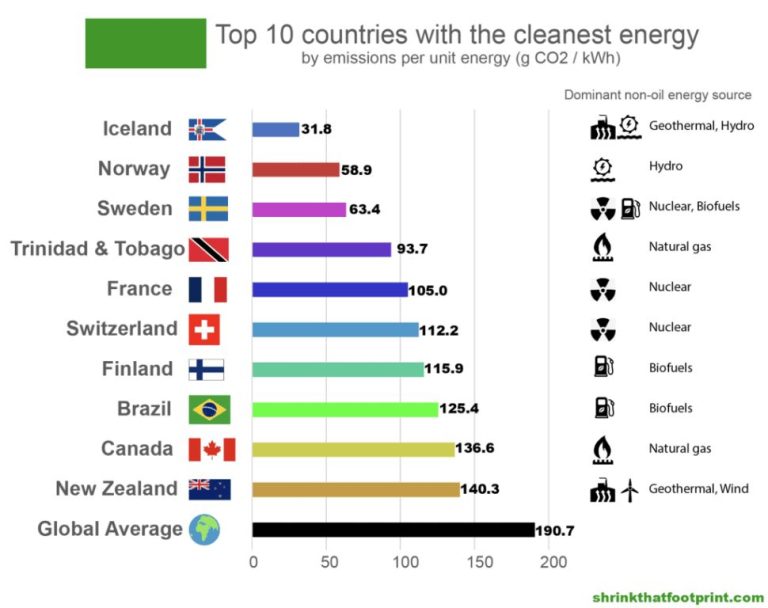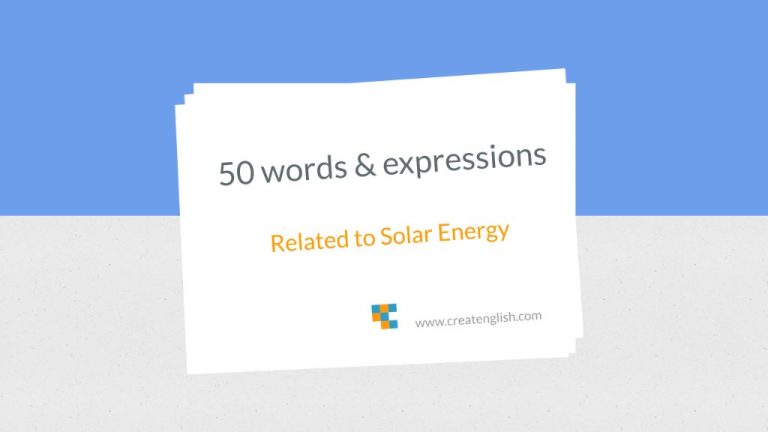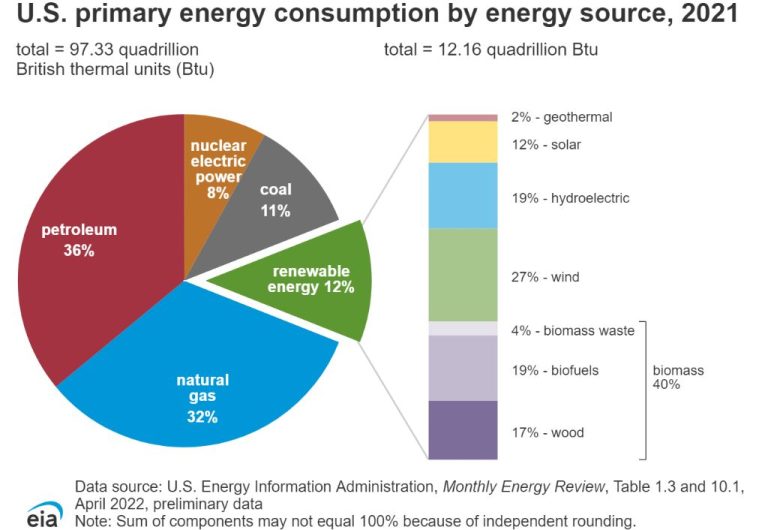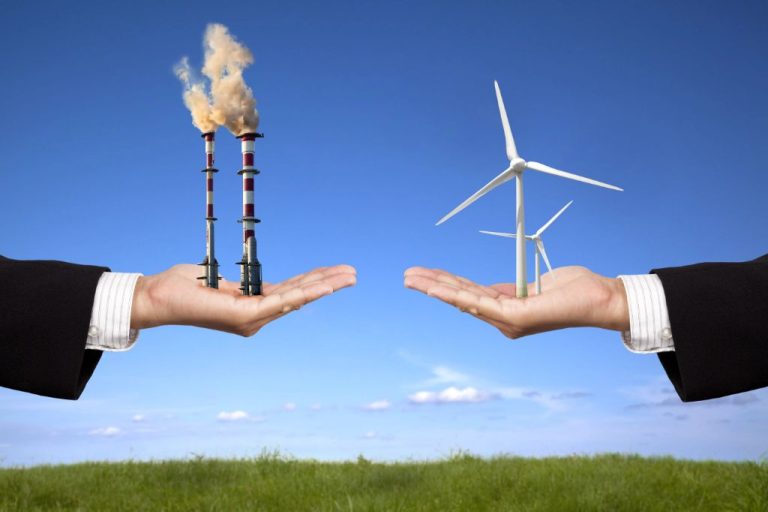What Does A Renewable Energy Scientist Do?
Renewable energy comes from sources that are continually replenished, unlike fossil fuels which are finite. Renewable energy sources include solar, wind, geothermal, hydropower, and biomass. Renewable energy scientists conduct research, evaluate technology options, and recommend pathways to transition from fossil fuels to renewable energy sources. They work to develop innovative technologies and find ways to integrate renewable energy into society in a cost-effective and sustainable manner (Overview of renewable energy, 2022).
Education Needed
To become a renewable energy scientist, you typically need at least a bachelor’s degree in a relevant science or engineering field. Common undergraduate majors include physics, mechanical engineering, electrical engineering, and environmental science (Source 1). Many positions require a master’s degree or PhD, particularly research roles and leadership positions. Graduate degrees such as a Master of Science in Mechanical Engineering or a PhD in Environmental Engineering allow for specialization and advanced technical expertise (Source 3).
Coursework typically focuses on math, science, and quantitative skills like statistics and modeling. Relevant classes include physics, chemistry, calculus, biology, data analysis, and programming. Some renewable energy scientists also have backgrounds in economics or policy. Additional training in a specific field like wind energy, biofuels, or solar power can also be beneficial.
Day-to-Day Responsibilities
A renewable energy scientist has a range of daily responsibilities related to researching, designing, and testing renewable energy technologies. According to the U.S. Department of Energy, some typical activities include conducting research to evaluate potential renewable energy resources in specific geographic areas. This can involve analyzing wind patterns, solar irradiation, geothermal reservoirs, biomass availability, and hydrology resources. Scientists need to understand both the theoretical potential and practical feasibility of harnessing different renewable resources.
Renewable energy scientists are also involved in designing and engineering systems that can effectively capture and convert resources like wind, solar, geothermal, hydro, or biomass into usable energy. This requires applying knowledge of physics, materials science, and engineering principles. Extensive modeling, simulation, and testing is done to optimize system components and configurations before deployment. Scientists may also conduct lab and field experiments to test prototypes and collect performance data.
Throughout the design process, renewable energy scientists analyze the environmental, economic, and social impacts of renewable technologies. They assess sustainability factors and identify ways to improve systems. Scientists need to interpret complex data and translate technical information for stakeholders. Maintaining current knowledge through continuing education is also a key responsibility in this rapidly evolving field.
Focus Areas
Renewable energy scientists tend to specialize in one or more specific renewable energy sources. Some of the main focus areas include:
Solar – Researching ways to convert energy from the sun into electricity through photovoltaics and concentrated solar power systems (https://www.nationalgrid.com/stories/energy-explained/what-are-different-types-renewable-energy). This involves studying solar photovoltaic panels, solar thermal power plants, and improving solar cell technology.
Wind – Developing and optimizing wind turbines and wind farms to generate electricity from wind power. This requires analyzing wind patterns and speeds, turbine aerodynamics, and designing more efficient rotor blades (https://www.eia.gov/energyexplained/renewable-sources/).
Geothermal – Tapping heat from under the earth’s surface to generate clean energy. This involves studying geothermal energy systems, reservoirs, and cost-effective drilling techniques.
Biofuels – Converting biomass from plants and waste into liquid fuels. This requires researching and developing technologies to efficiently produce biofuels from raw organic materials.
Technical Skills
Renewable energy scientists need a strong background in engineering, physics, and computer modeling to succeed in their roles (source). An understanding of engineering principles allows them to design, build, and maintain renewable energy systems. Knowledge of physics enables an analysis of how different systems like solar panels or wind turbines convert natural resources into energy. Computer modeling skills let scientists create simulations to test new technologies or predict energy outputs.
Specific technical expertise like electrical, mechanical, chemical, or civil engineering provides renewable energy scientists with the ability to work on specialized projects. For example, a background in electrical engineering is useful when connecting renewable power sources to the electrical grid. Mechanical engineering skills help maintain and improve mechanical components like turbine blades. Experience with computer-aided design (CAD) software facilitates the planning and design of renewable energy systems.
Overall, a strong grasp of core STEM fields paired with specialized engineering knowledge equips renewable energy scientists to take ideas from concept to real-world implementation.
Soft Skills
Renewable energy scientists need strong soft skills to succeed in their roles. Three of the most important soft skills are communication, collaboration, and creativity (Source).
Communication skills allow renewable energy scientists to clearly convey technical information and research findings to both technical and non-technical audiences. They must be able to communicate complex ideas in a clear, simple manner.
Collaboration skills enable renewable energy scientists to work effectively in interdisciplinary teams with engineers, project managers, policy experts, and others. Collaboration is key for tackling complex energy challenges.
Creativity and innovative thinking allow renewable energy scientists to develop novel solutions and improvements to renewable energy technologies. As the field rapidly advances, creativity is essential for pushing boundaries beyond current capabilities.
Career Advancement
Renewable energy scientists have excellent career advancement opportunities as the demand for renewable energy continues to grow (Source). In early career levels, renewable energy scientists often work as research assistants or associate scientists. With a few years of experience, they can advance to lead scientist or senior scientist roles leading their own projects and teams. At mid-career levels, there are opportunities to advance into management as a director of a research lab or head of a department. With 10+ years of experience, renewable energy scientists can achieve the highest levels and serve as principal scientists, fellows, or CTOs at renewable energy companies or research organizations (Source). They provide strategic leadership, guide innovation, and shape the future of renewable energy technology. The career path allows for intellectual growth as well as leadership opportunities.
Work Environment
Renewable energy scientists typically work in a few different environments, depending on their specific job role and responsibilities:[https://www.energy.gov/eere/wind/career-map-resource-scientist](https://www.energy.gov/eere/wind/career-map-resource-scientist)
Many renewable energy scientists work in office environments analyzing data, running computer models, and writing reports. These offices may be located at universities, government research labs, engineering firms, utilities companies, or other organizations related to renewable energy research and development.
Scientists may also work in lab settings conducting experiments, testing prototypes, or analyzing samples. Chemistry labs, materials labs, and engineering labs are common workplaces.
Field work is another major component for some renewable energy scientists. They may travel to power plant sites, wind farms, solar installations, or other facilities to take measurements, collect data, or assess real-world conditions. Field work may take place outdoors in a wide range of climates and terrains.
In general, renewable energy scientists split their time between offices, labs, and field work depending on their specialty. Collaboration with engineers, technicians, managers, and other stakeholders is also a key part of the job.
Job Outlook
The job outlook for renewable energy scientists is very strong. According to the U.S. Bureau of Labor Statistics, employment of environmental scientists and specialists is projected to grow 8 percent from 2019 to 2029, faster than the average for all occupations. Renewable energy is one of the fastest growing areas within this field.
Growth will be driven by increasing demand for renewable energy sources. As companies and governments seek to reduce carbon emissions, they are investing more in wind, solar, hydropower, biomass, and geothermal energy. This is creating many new job opportunities for renewable energy scientists.
Some of the top employers of renewable energy scientists include electric power generation companies, engineering firms, research organizations, and government agencies like the Department of Energy and Environmental Protection Agency. States like California, Texas, New York and Florida also have many renewable energy jobs.
Overall, the future looks bright for renewable energy scientists as more focus and investment is directed towards clean energy. Their expertise will be in high demand.
Salary
According to ZipRecruiter, the average salary for a renewable energy scientist in the United States as of January 2024 is $111,343. However, salaries can vary significantly depending on location and experience. For example, renewable energy scientists in New York City earn an average of $110,185 per year, while those in Texas and California earn 12-42% more on average.
The salary range for renewable energy scientists is quite wide. Entry-level positions may start around $65,000, while highly experienced scientists can make over $150,000 per year. According to Glassdoor, renewable energy scientists working for the Ministry of New and Renewable Energy in India earn around ₹800,000-₹850,000 per year.
In general, factors like education level, certifications, specific expertise, and years of experience greatly impact a renewable energy scientist’s salary. Those working in supervisory or leadership roles also tend to earn higher wages. Overall job outlook and demand for renewable energy experts can also influence salary ranges.

